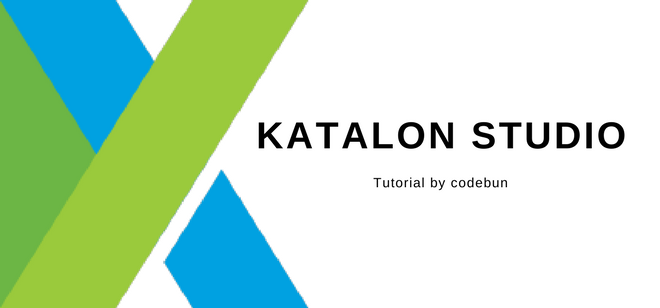
- HOW TO VALIDATE LOGIN IN KATALON STUDIO INSTALL
- HOW TO VALIDATE LOGIN IN KATALON STUDIO DRIVER
- HOW TO VALIDATE LOGIN IN KATALON STUDIO CODE
It is recommended that you read through the file at a later point in time for reference. jsfile that contains tests for the sample Kitchen Sink application with plenty of documentation for various scenarios. Note: You should already see an example_spec.
HOW TO VALIDATE LOGIN IN KATALON STUDIO CODE
Or, even better, you can use an IDE like WebStorm or Visual Studio Code for this last task. You might need a third terminal for this (one for running the sample, one for Cypress, and one for creating new files. js in the cypress /integration directory. Think of it as a GUI for running/debugging your automation specs.Īfter that, you will create a file called todo_spec. It would also launch the cypress test runner. With the application running, open another terminal session and run the following commands inside the same folder ( cypress -todo -example): yarn add -dev cypressĬypress will sense that you are running it for the first time and create a folder called cypress with necessary files to get you going.

Now, you will bootstrap Cypress and write your first test. The same application is also available in codesandbox if you have trouble running it on your machine. When you are done installing all the dependencies, run yarn start to run the application in the browser to make sure it looks good. Note: You could easily use npm instead of yarn.
HOW TO VALIDATE LOGIN IN KATALON STUDIO INSTALL
To get started, you will first clone the sample application and install its dependencies: git clone The text field and the button can be used to add a new to-do item. A to-do item can be completed or deleted using the action icons present on the item. Cypress can be used with any other front-end technology like Vue.js or Angular and you will use an existing React app here just to avoid having to set up too much stuff before diving into Cypress.īelow, you can see a screenshot of the application that you are going to use while learning about Cypress.Īs you can see, this app has a list of to-do items that are either open or completed. Don't worry if you don't have experience with React per se. To see Cypress in action, you will take advantage of an existing to-do app written with React. As you start writing more Cypress tests and build the pipeline with a test suite, you will see that many aspects of writing automation tests have improved with this library. You can read more about the internal details of Cypress here. These architectural improvements unlock the ability to run tests much faster in browser mode as well as headless mode. While you can compile down to JavaScript from any other language, ultimately the test code is executed inside the browser itself. Also, Cypress tests are only written in JavaScript. Whereas, Cypress runs in the same run-loop as your parent application.
HOW TO VALIDATE LOGIN IN KATALON STUDIO DRIVER
Most browser-based automation tools are selenium-based, which works by implementing a web driver that remotely executes commands on the browser through the network. How Is Cypress Different as a UI Testing Tool? Cypress is one of the many web automation tools available to help you write effective user interface tests.

They use scripts to mimic users' actions and they basically interact with the app just as a regular user would.

User Interface (UI) tests, or UI tests, are tests that use the system just like a real user would interact with the application on the browser. For this post, we will focus on E2E tests and specifically on user interface tests. The unit tests offer the lowest latency on feedback and the latency increases as you go up the pyramid.

Tweet This The Test Pyramid and Importance of E2E testsĪ typical test suite for your application can generally consist of three layers (you could have many more depending on the nature of the application):


 0 kommentar(er)
0 kommentar(er)
